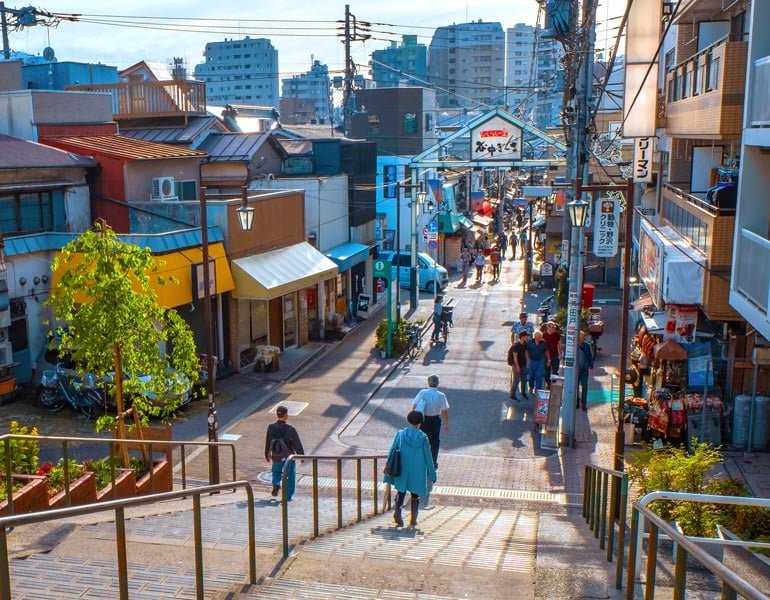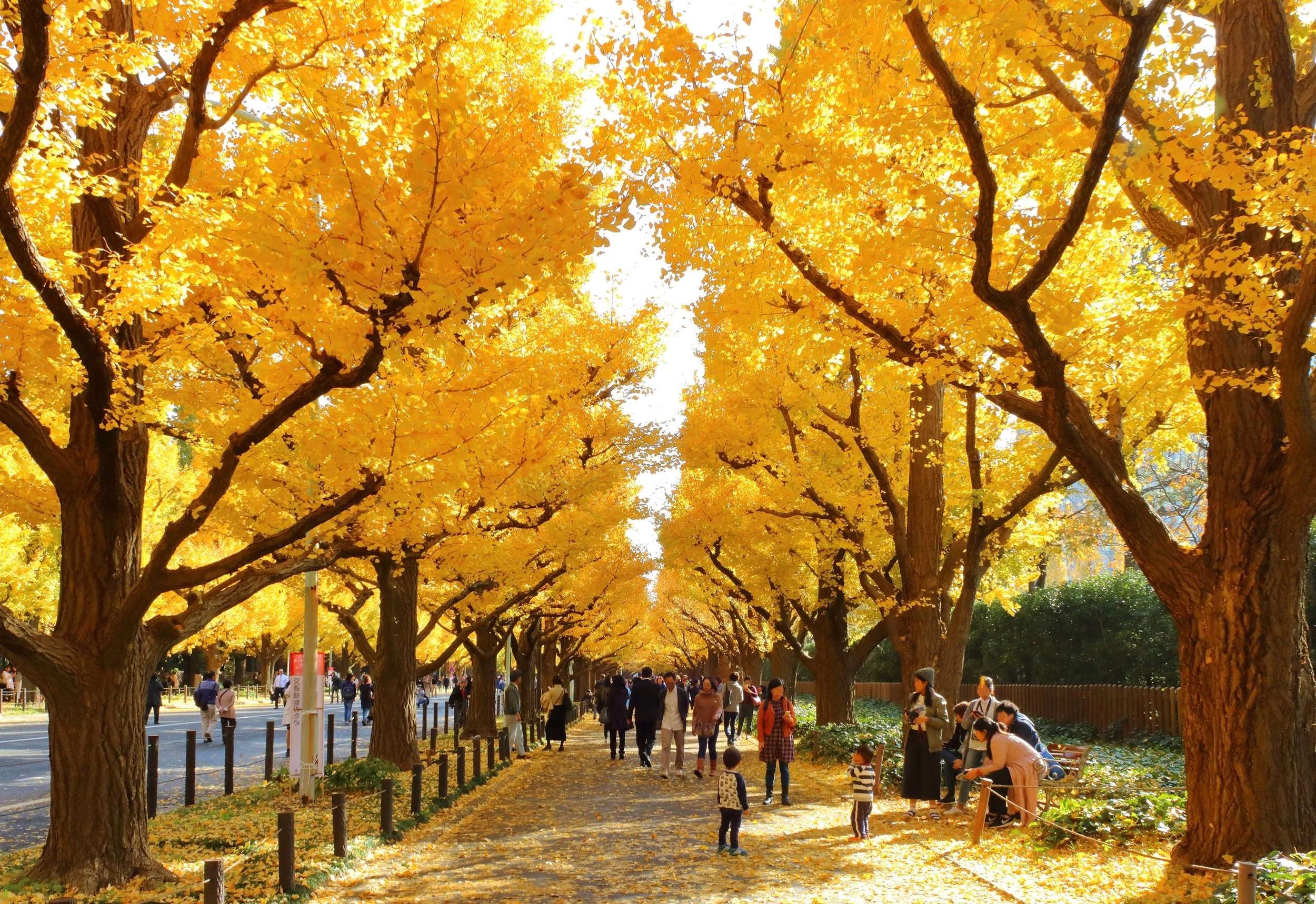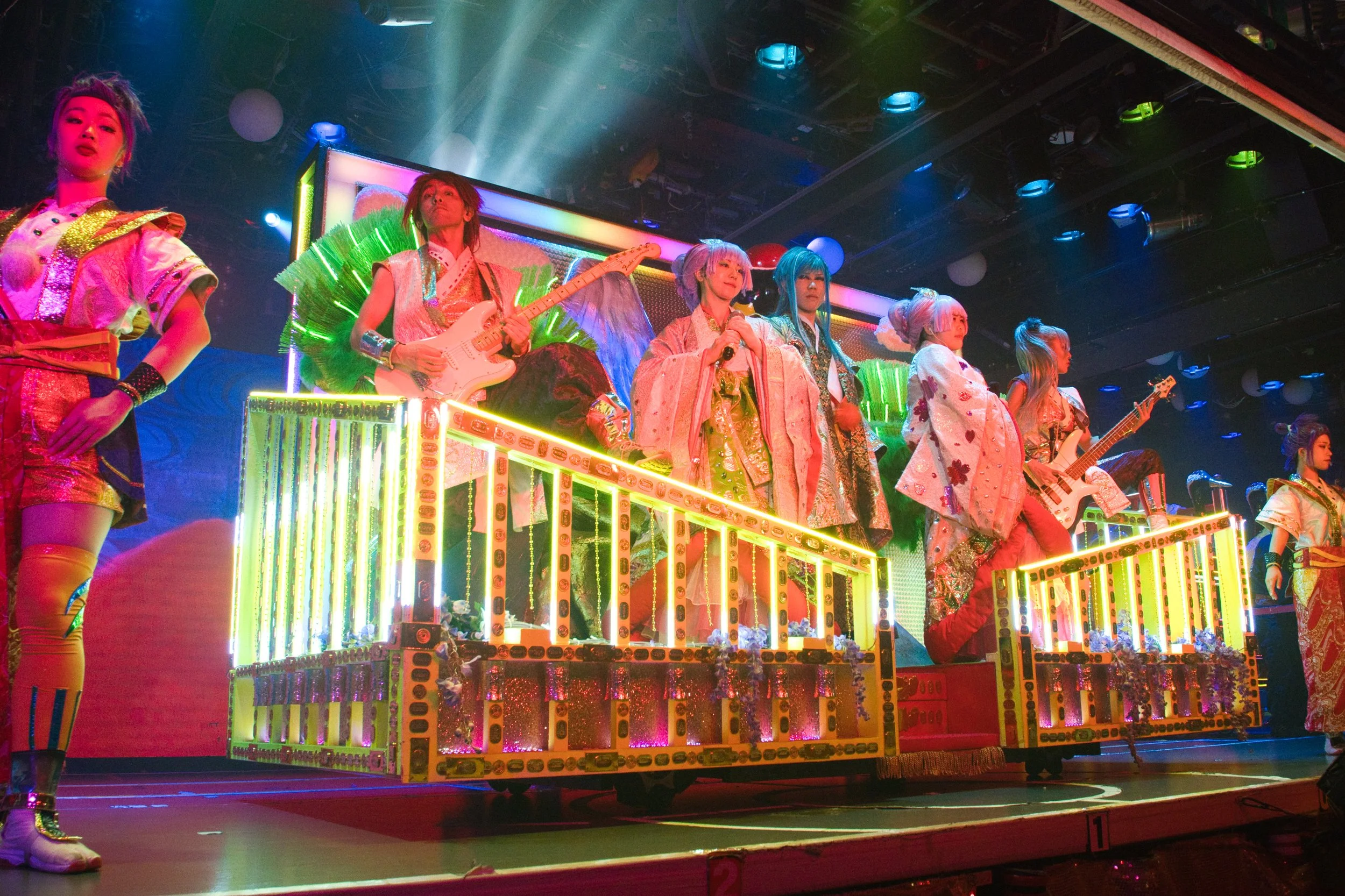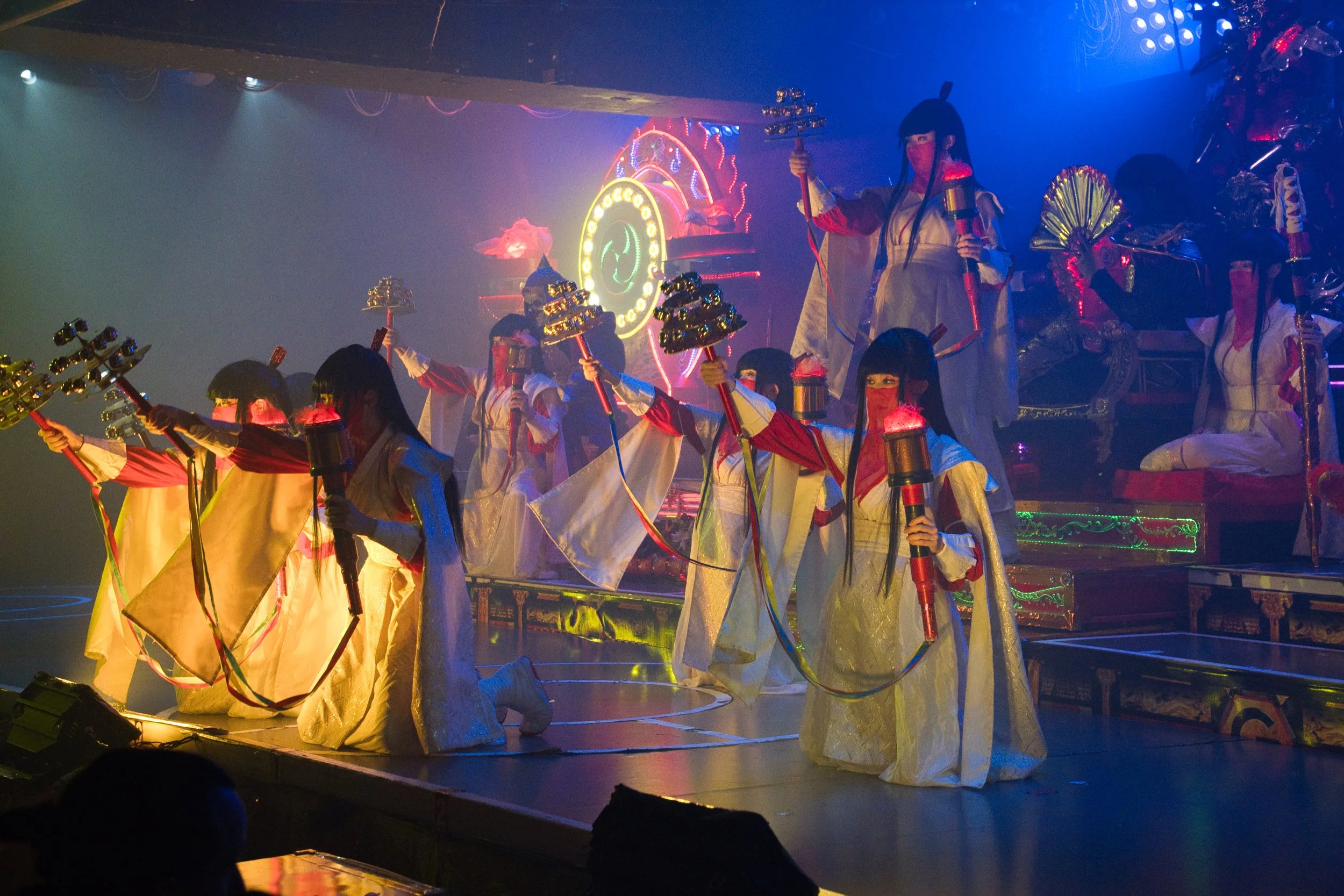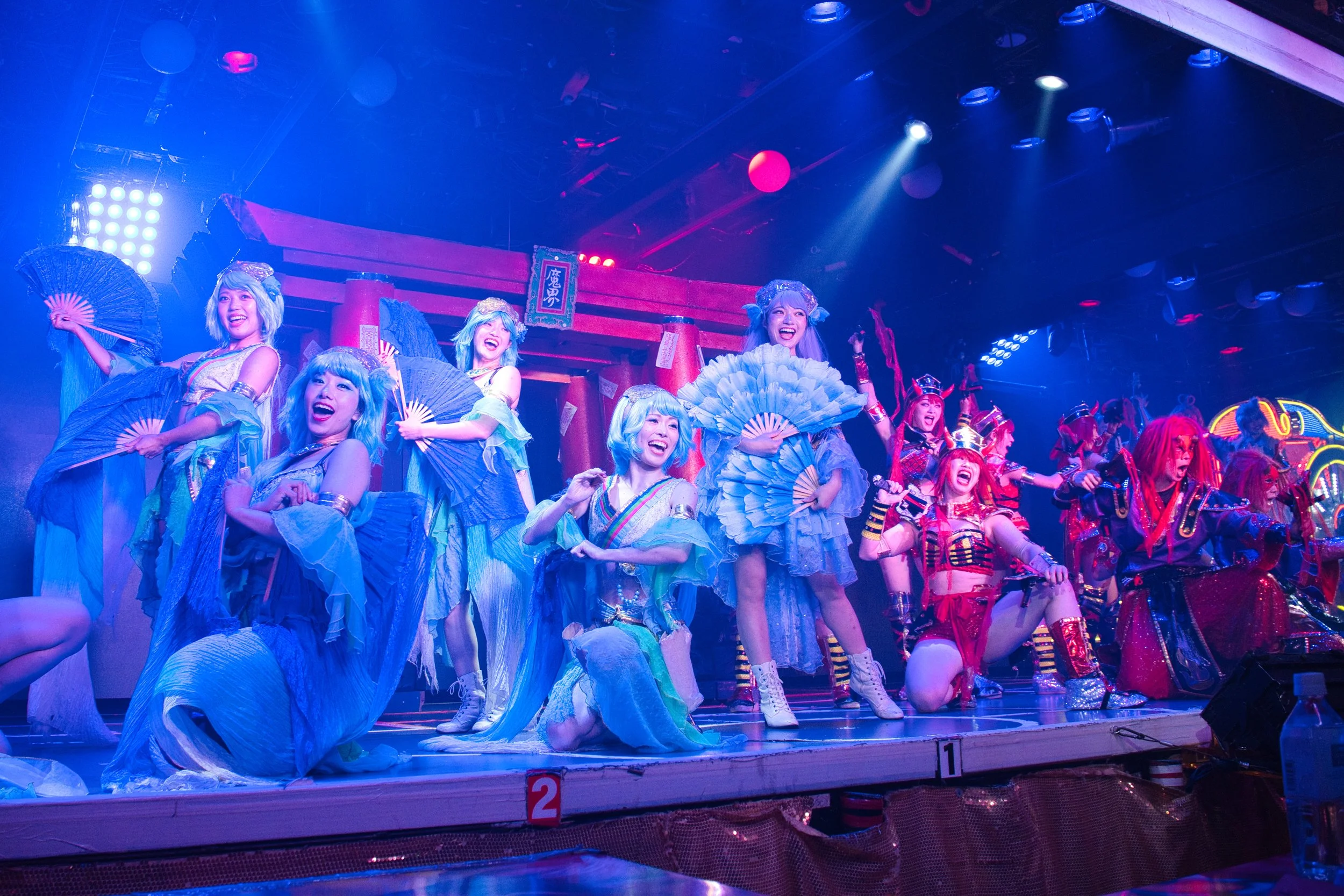Photo Credit: Rakuten Travel (stunning winter night scene in Roppongi Hills)
December marks the beginning of Tokyo’s most enchanting season—when the city transforms into a glowing winter wonderland filled with sparkling lights, festive markets, and cozy seasonal foods. For travelers visiting in December 2025, Tokyo offers the perfect mix of holiday magic and cultural discovery.
Winter Illuminations Everywhere
Tokyo lights up beautifully in winter. Areas like Shibuya, Roppongi, Marunouchi, and Tokyo Skytree Town are covered in millions of colorful LEDs, creating romantic streets and Insta-worthy spots. Joining a Tokyo Tour during this season lets you enjoy the illuminations with local insights and the best viewing angles.
Festive Markets & Holiday Cheer
December brings European-style Christmas markets to Tokyo, complete with mulled wine, warm snacks, ornaments, and local crafts. Popular spots like Hibiya and Roppongi Hills offer the perfect atmosphere for travelers looking to enjoy the city’s holiday spirit.
Warm Japanese Winter Foods
Winter is the ideal time to enjoy steaming bowls of ramen and comforting oden to name a few. Street stalls and cozy restaurants come alive with seasonal flavors, making December a fantastic month for food-focused Tokyo tours.
Year-End Traditions
As the year winds down, Tokyo’s shrines and temples welcome visitors taking part in traditional winter rituals. From special events to peaceful nighttime strolls, December offers plenty of chances to experience Japan’s culture in a meaningful way.
Winter in Tokyo is a season filled with warmth, wonder, and unforgettable experiences. From dazzling illuminations and festive Christmas markets to comforting winter dishes and rich cultural traditions, December 2025 offers travelers countless ways to enjoy the city at its most magical. Whether you’re exploring with a guided Tokyo Tour or discovering on your own, Tokyo in winter promises moments that will stay with you long after your trip ends. Embrace the glow, savor the flavors, and let Tokyo show you the beauty of the season.
Book your December tour with us!
Connect with us!











